CHRONOLAYERS

Graduate Thesis 2024




Graduate Thesis 2024



By materializing time through the natural stratification of ice layers, this design offers a unique experience that transcends temporal boundaries. Beneath the ice, different moments are given tangible spatial forms, transforming time from an abstract concept into an entity that can be directly perceived, explored, and selected.
The core concept of ChronoLayers is to break the linear constraints of time, making it visible, tangible, and accessible. Each ice layer represents a specific period, allowing users to enter different temporal spaces as they traverse through the layers. These spaces retain the unique memories and atmospheres of their respective times, providing a novel, immersive experience of time within a physical environment.
As users move through ChronoLayers, they will experience the flow and stillness of time. Within the different ice-layered spaces, they will sense the warmth, coldness, light, and texture of time, experiencing time as a physical manifestation within the architecture. This immersive experience not only encourages people to rethink the essence of time but also prompts them to perceive their relationship with time within the space. ChronoLayers merges architectural design with philosophical contemplation of time, creating a unique spatial experience. Here, time is no longer an elusive abstraction but a reality that can be touched, explored, and sensed. Through ChronoLayers, we not only experience the materiality of architecture but also feel the weight and flow of time.

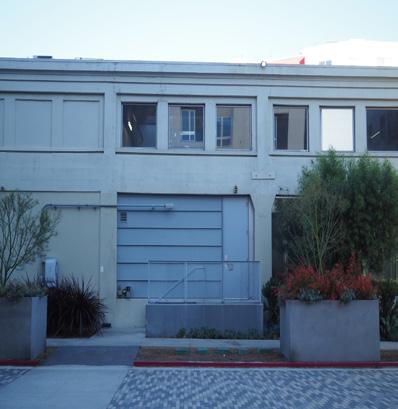
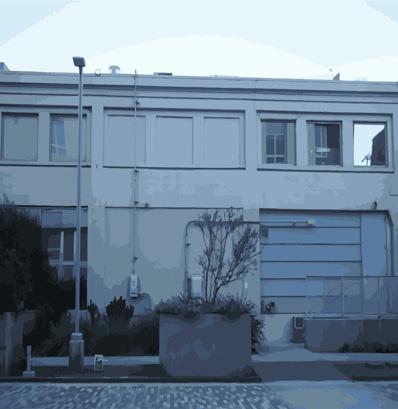

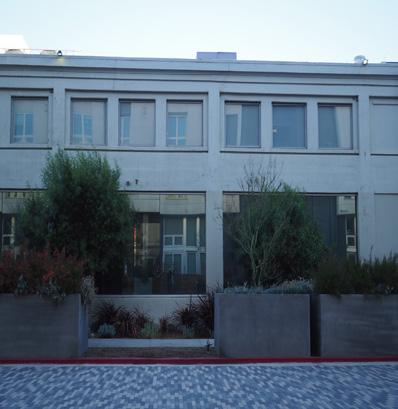
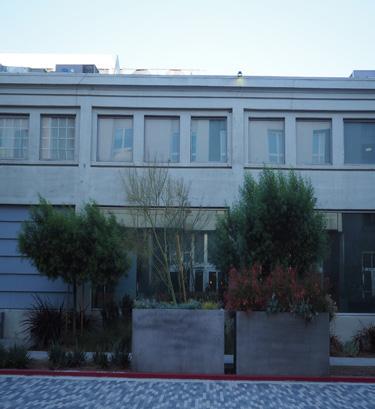
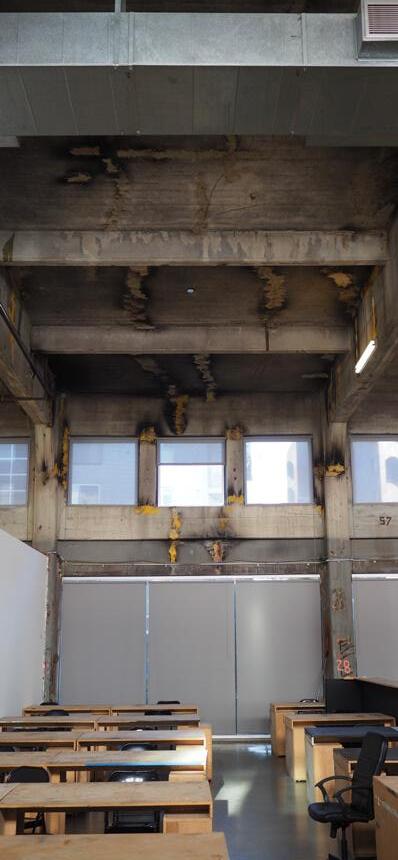






ChronoLayers challenges our traditional perception of time as a linear flow. Time is no longer simply viewed as a continuously progressing line; instead, it is cleverly stratified, with each layer representing a unique moment or phase.
Each temporal layer is given a distinct spatial form, creating a unique physical and sensory experience. This design not only provocatively questions our conventional understanding of time but also, through its multidimensional expression,
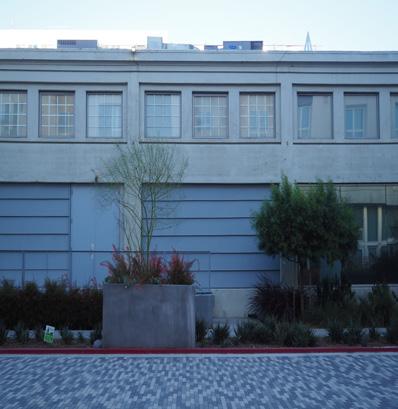






encourages users to break free from the singular mode of time's flow and consider the multifaceted and nonlinear nature of time. As users explore these temporal layers, they gradually realize that time is not merely a straight path forward but a complex existence that can manifest in different dimensions and forms within space. This experience prompts people to reexamine the essence of time and, within a new cognitive framework, understand the deep relationship between time and space.

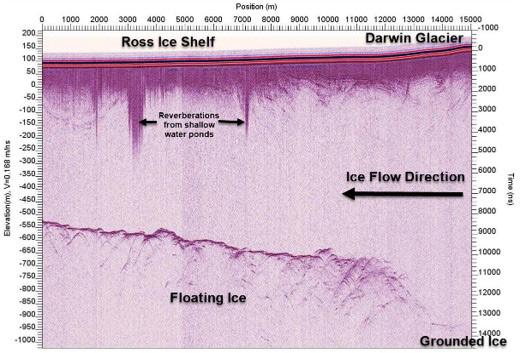

The ice layers are not just physical elements but also symbols and tangible representations of time. Each layer of ice represents a specific period, and through their natural stratification, they crystallize the passage of time into a tangible and perceivable entity. The materiality of the ice layers reflects the sedimentation process of time, serving as a medium that offers a direct interactive experience with time through its unique temperature, texture, and transparency. As users move through the ice layers, they not only experience changes in temperature and texture but also perceive the depth and continuity of time through the layers' thickness, color, and transparency. The stratified structure of the ice layers reveals the non-linear characteristics of time, making the flow of time within the space both visible and tangible due to the presence of the ice layers.

In ChronoLayers, the architectural experiences above and below the ice surface offer distinct temporal sensations. Above the ice, the design is modern and open, with thinner, transparent ice layers allowing natural light to create a bright, airy environment. This space focuses on present-day activities, offering immediate and comfortable experiences for socializing, working, and relaxing.
Below the ice, the design features thicker ice layers and subdued colors to create a deep, immersive atmosphere that reflects historical depth and past memories. This area is more enclosed, ideal for reflection and contemplation. The contrast between these spaces allows ChronoLayers to offer a rich, multidimensional representation of time, providing diverse experiences across different temporal layers.


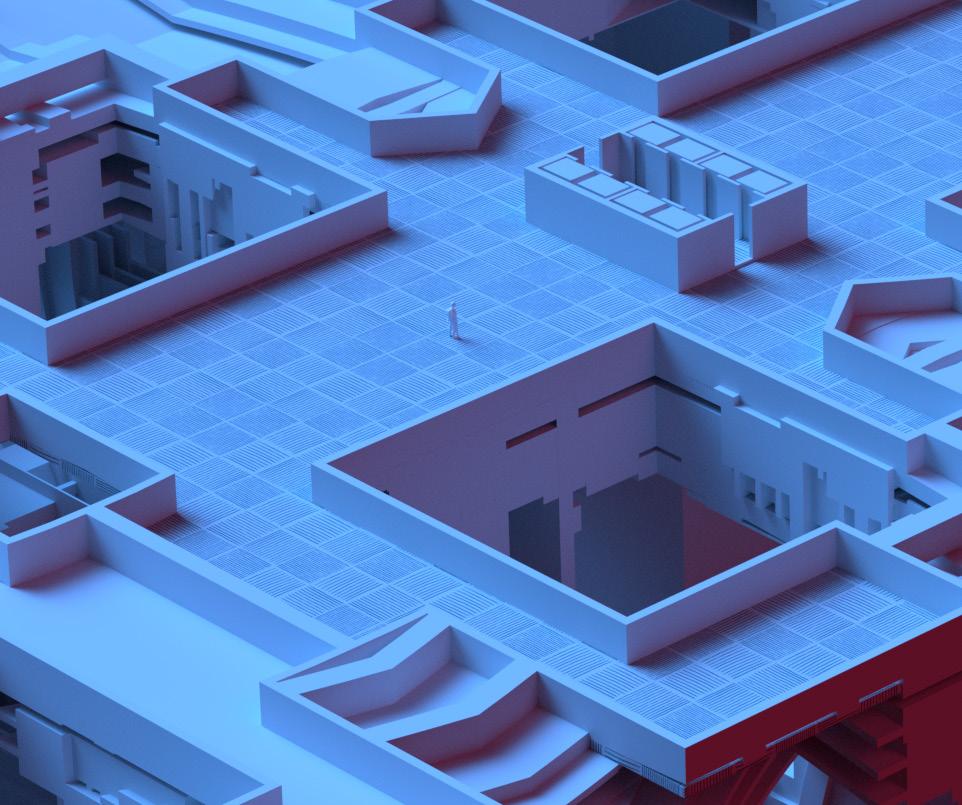
"Explore the deep connection between time and architecture."

“Ice cores are record carriers and symbols of time, forming a complete archive of time.”



In the design of ChronoLayers, ice cores serve as both a central natural element and a symbolic record of time. These cylindrical sections of ice, extracted from deep within the ice layers, contain thousands or even millions of years of climate and environmental data. Each layer of an ice core represents a specific period, meticulously preserving details about the climate, gas content, and other environmental factors of that time.
Ice cores in ChronoLayers symbolize time as a tangible archive, offering a visual
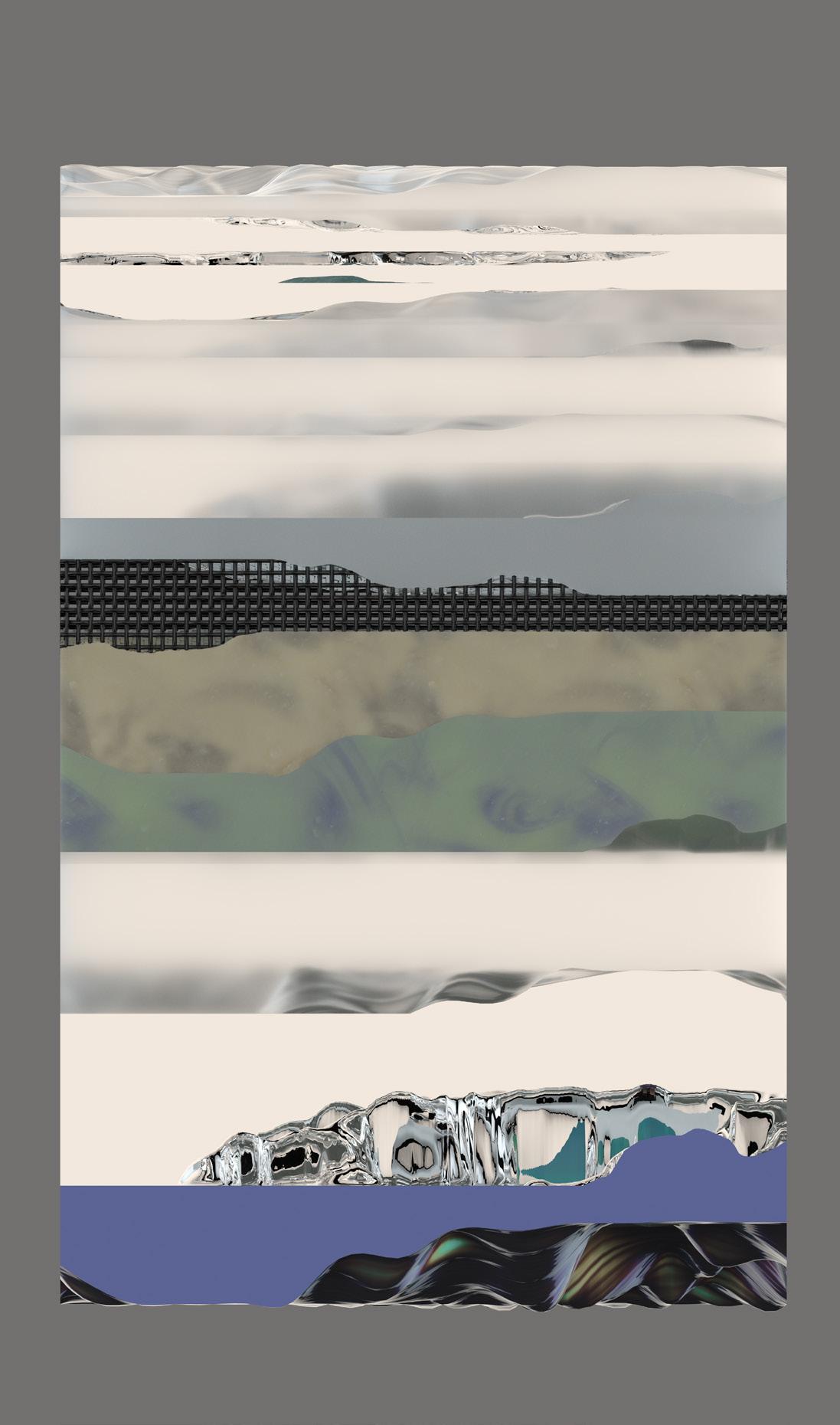
representation of its passage. By showcasing different depths of ice cores, users can directly perceive the flow of time and the shifts in past environments. As witnesses to Earth's natural history, ice cores provide a unique glimpse into ancient worlds, inspiring a deep sense of connection to both time and nature. This integration of ice cores into the design not only adds a scientific and historical dimension to the space but also emphasizes the profound relationship between time and the natural world.
In the design of ChronoLayers, the structure of the spatial modules forms the core framework of the entire architectural concept. These modules, or mother units, are designed as independent, standardized units that allow for flexible arrangement and connection, creating a rich temporal and spatial experience. Each module serves as a versatile space, adaptable to various functions such as exhibition areas, contemplation zones, or interactive spaces.
The modules are vertically connected, symbolizing the continuity and traversal of time, allowing users to move between different temporal layers. Horizontally, they are linked by corridors, bridges, or open spaces, forming a continuous flow that enhances the perception of time's multiple dimensions. Constructed primarily from ice, glass, and metal, the modules combine the symbolic significance of ice with the transparency and openness of glass, all supported by a sturdy metal framework. This combination ensures both the structural integrity and the immersive experience within each unit.
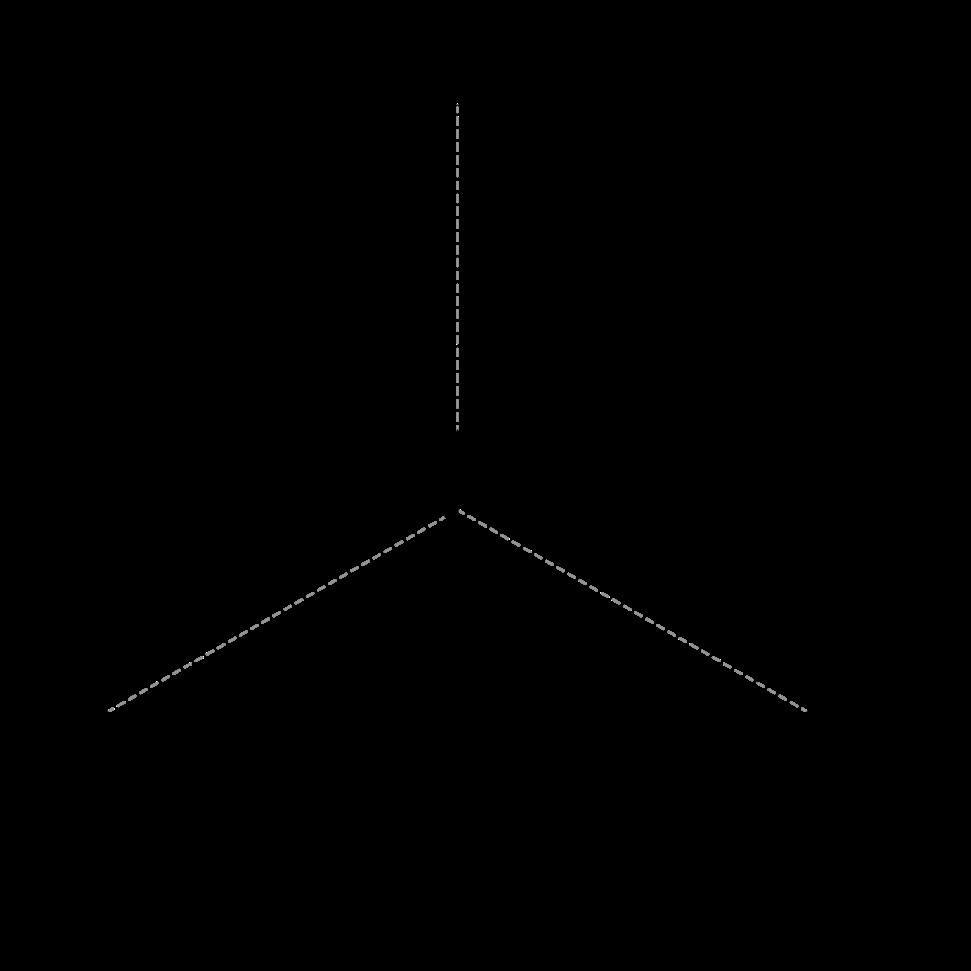



In the design of ChronoLayers, the ability to choose different time layers during the visit is a central feature, offering a unique sensory and emotional experience. The building is structured into multiple layers, each representing a specific time period or historical stage. Visitors can select which time layer to explore based on their interests or emotional needs. These layers are visually distinguished by the thickness, transparency, and color of the ice, allowing for an intuitive selection process at key entry points.
As visitors make their choices, the environment within each selected time layer—such as lighting, temperature, and sound—shifts to create an immersive atmosphere corresponding to that period. This design transforms visitors from passive observers into active participants in the experience of time. The ability to freely switch between different time layers also allows for the creation of personalized paths through the building, fostering a deep sense of time's flow and its integration with space.



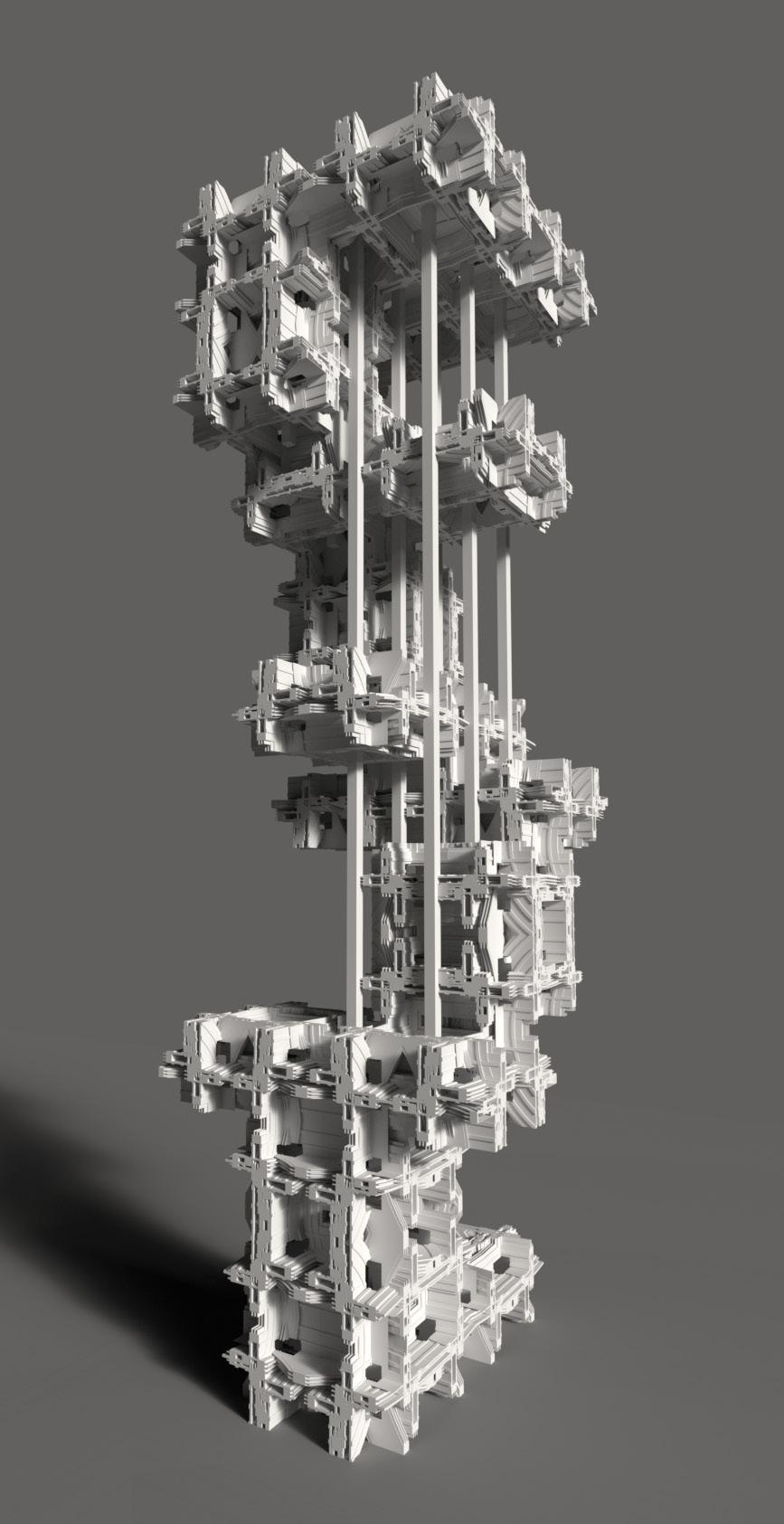






Advisor: Jovanovic Damjan


